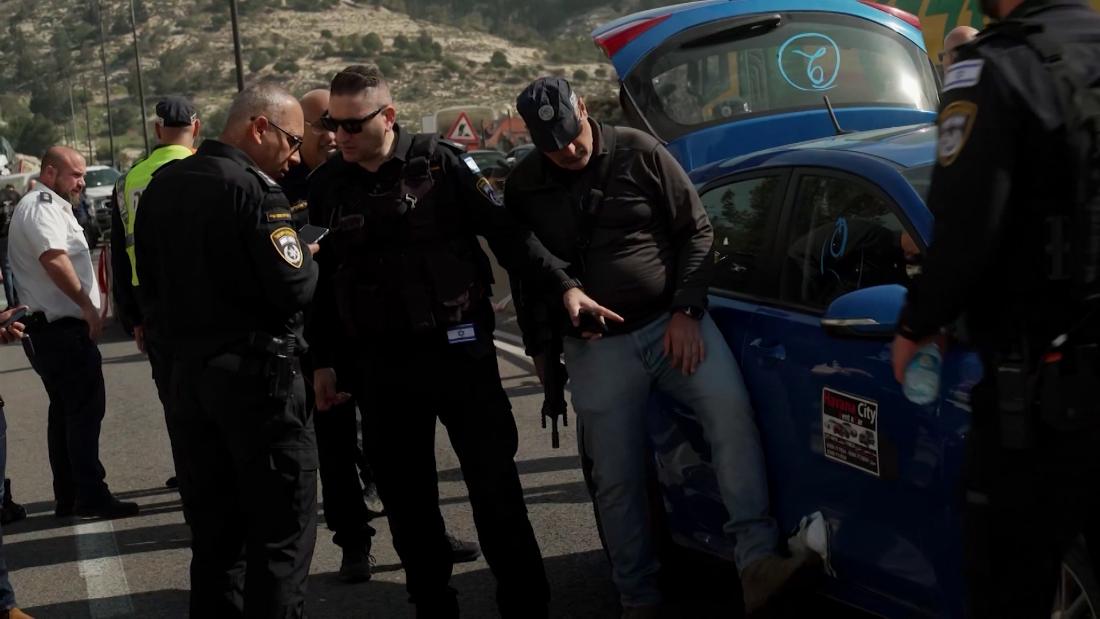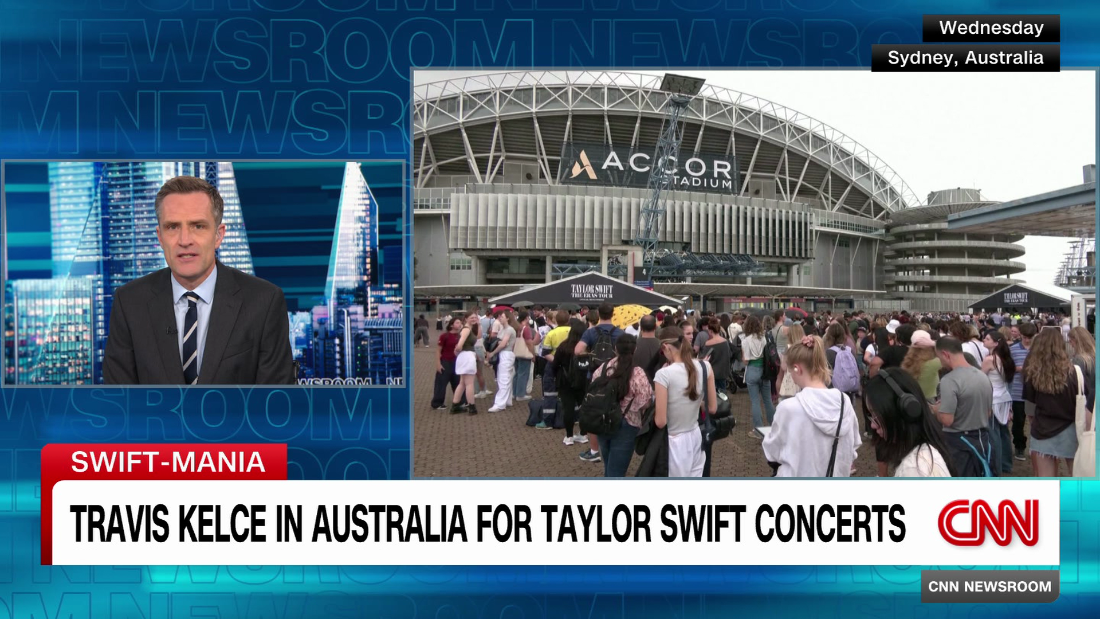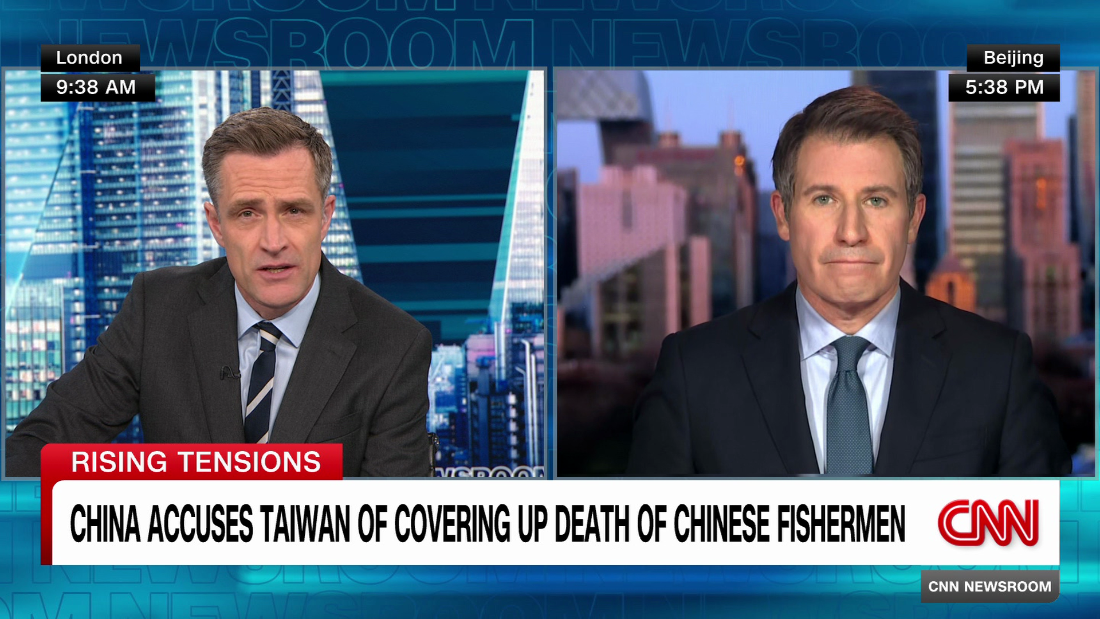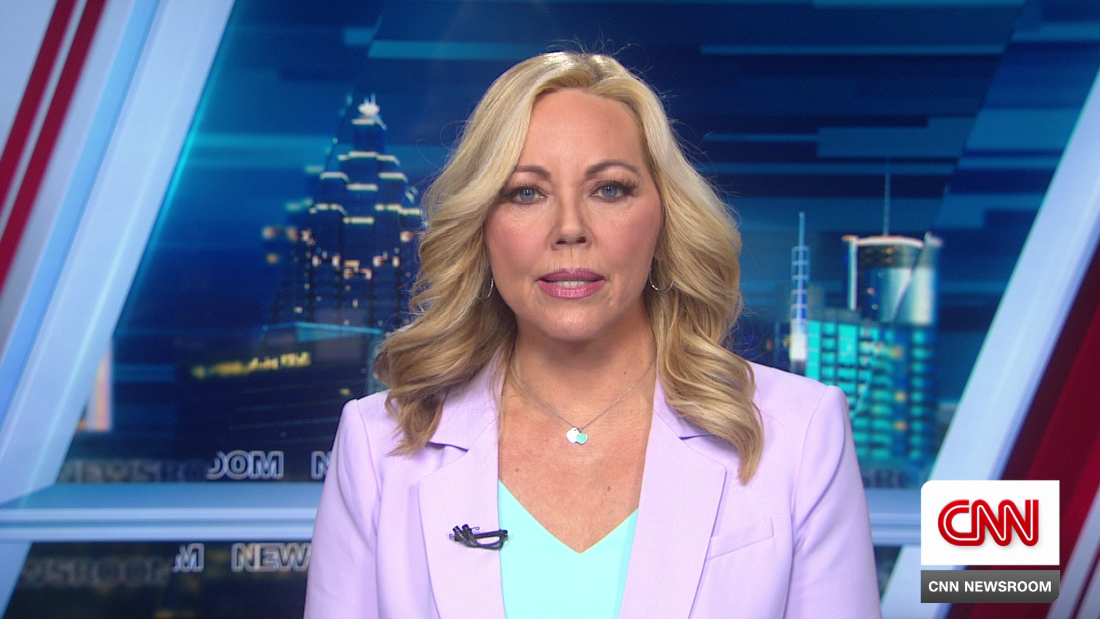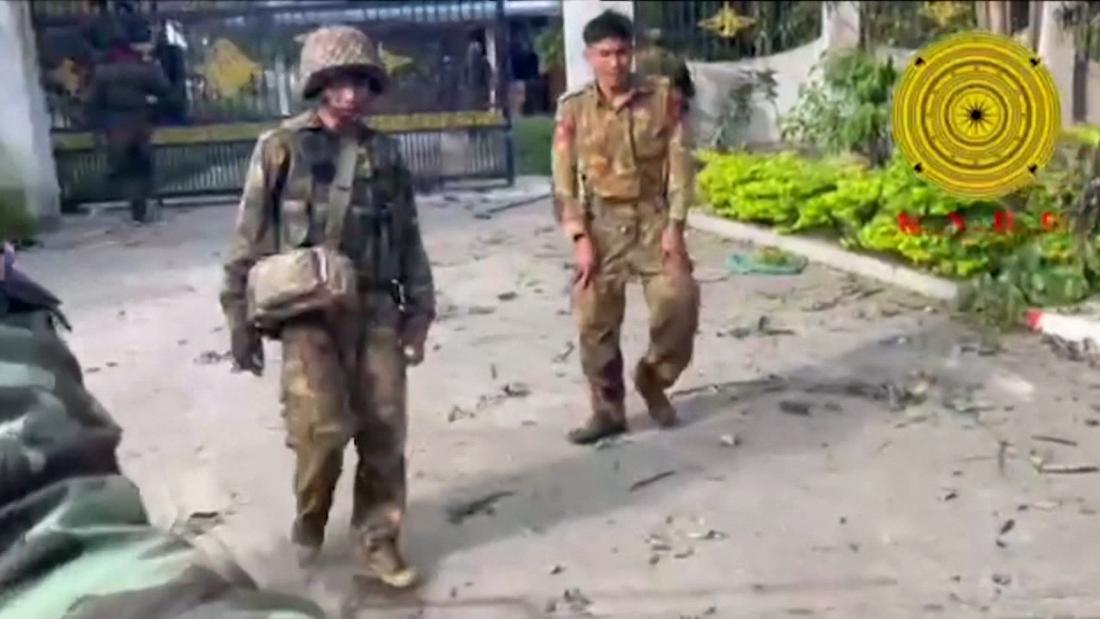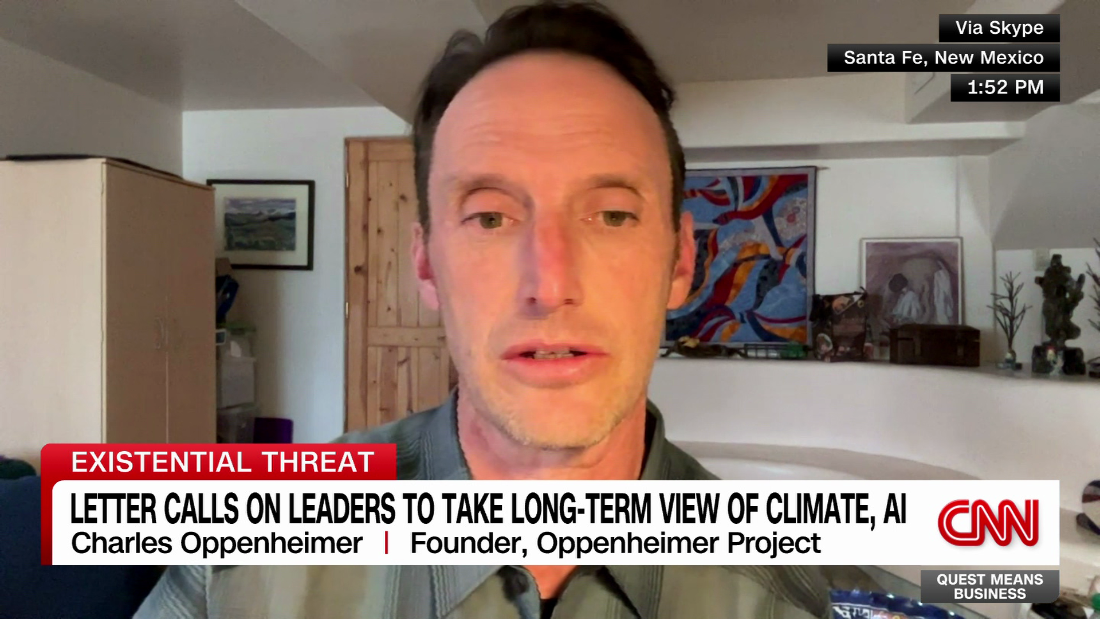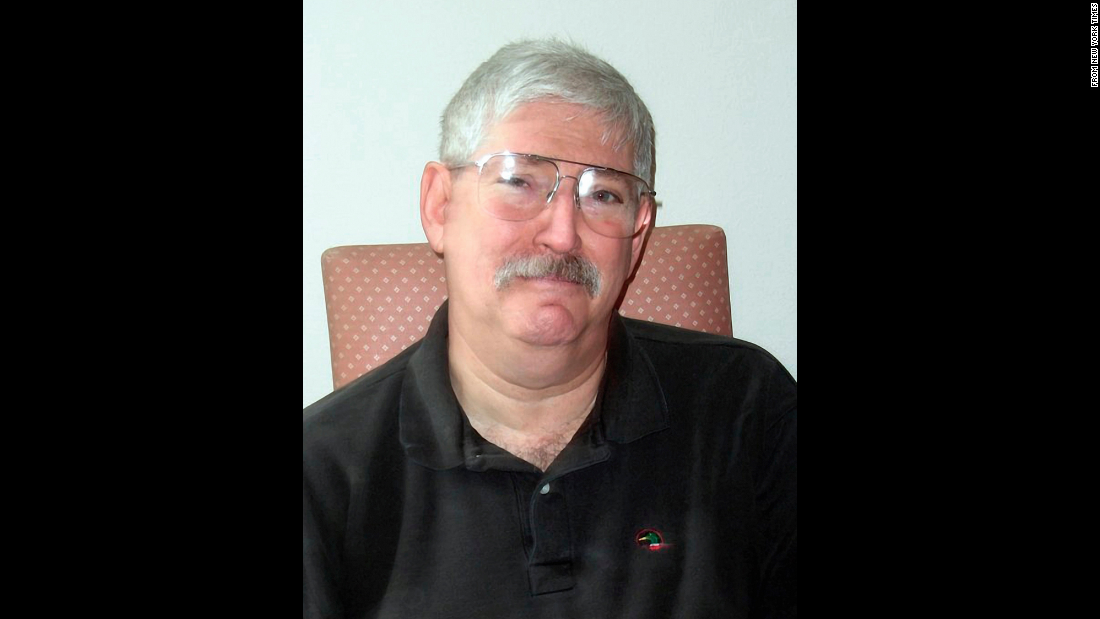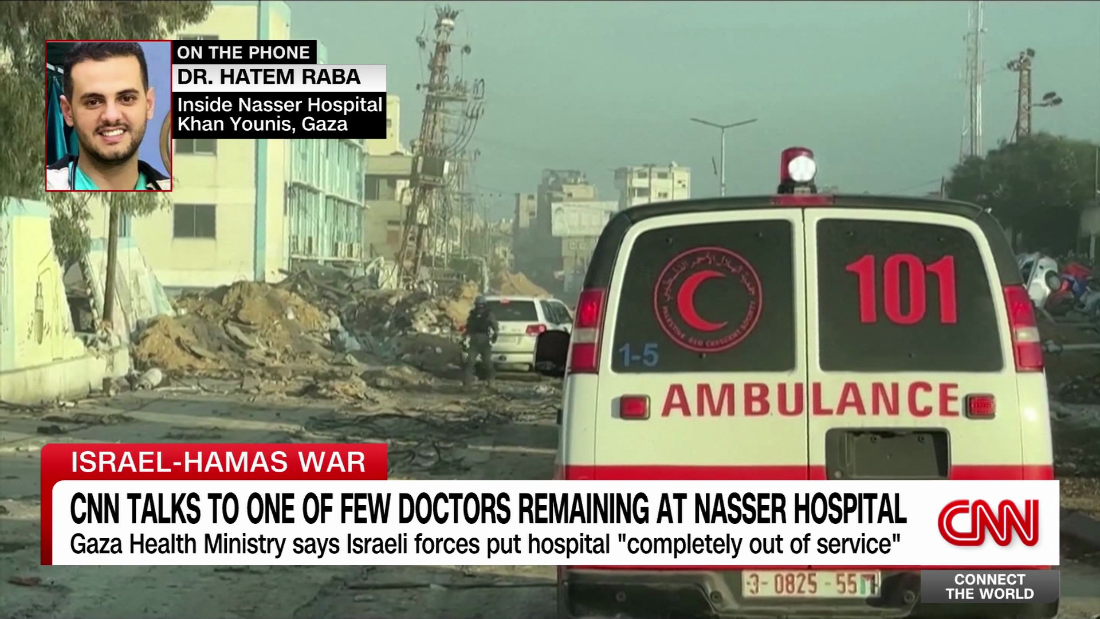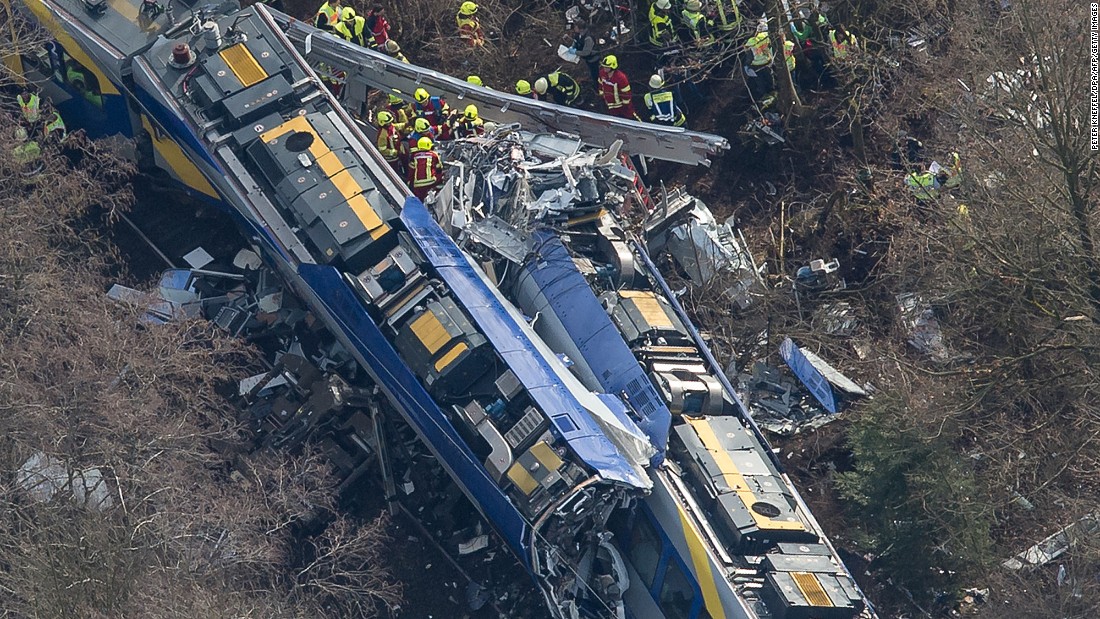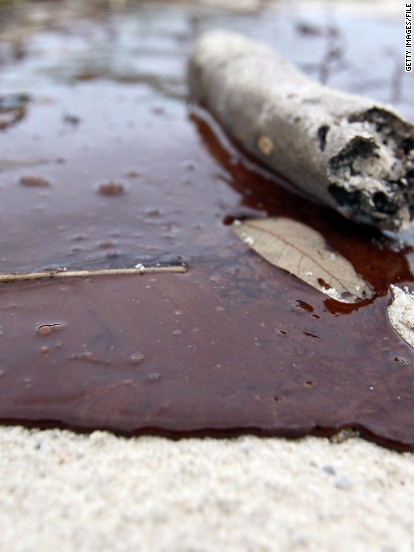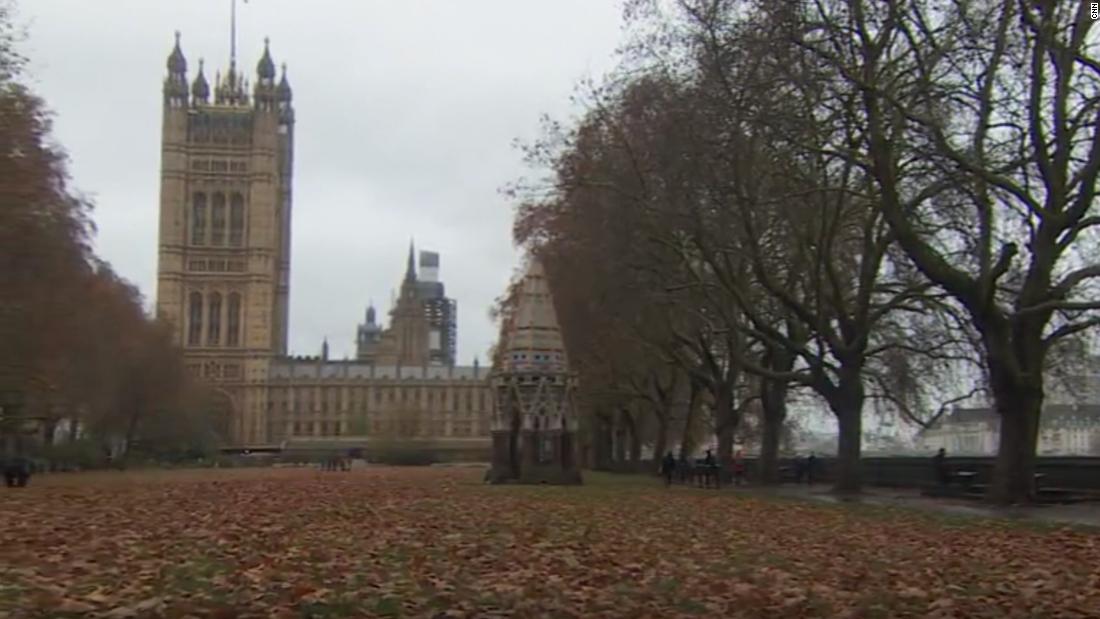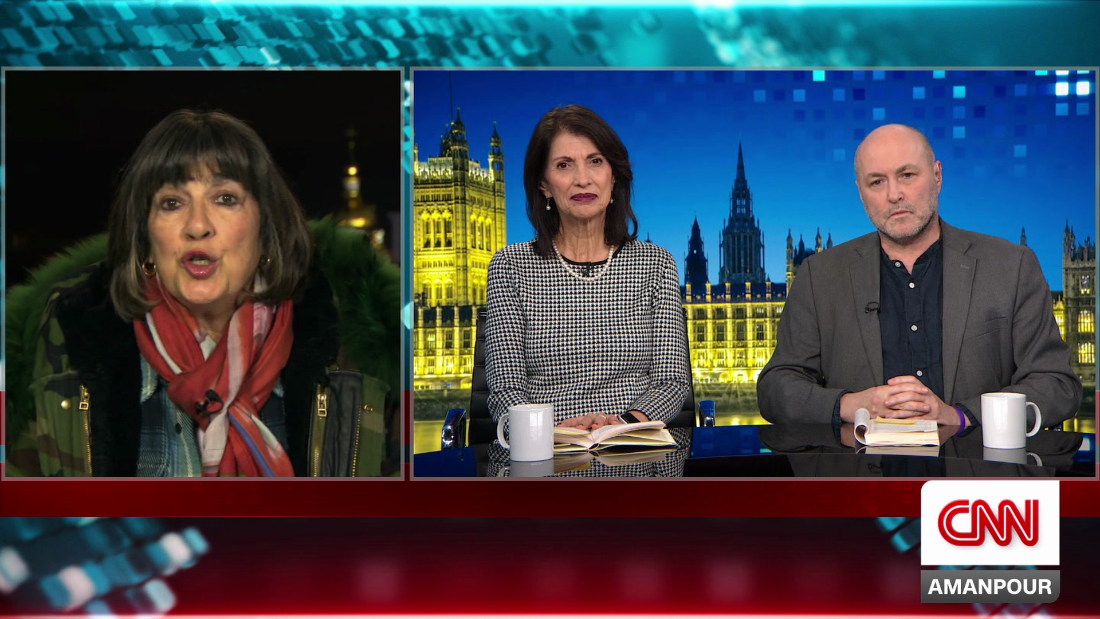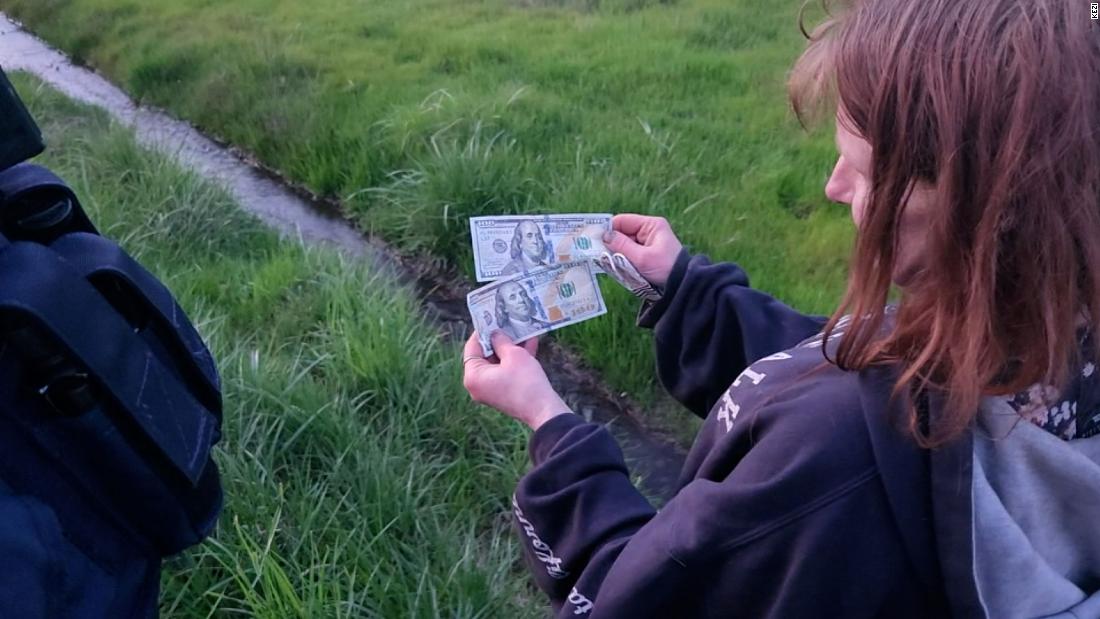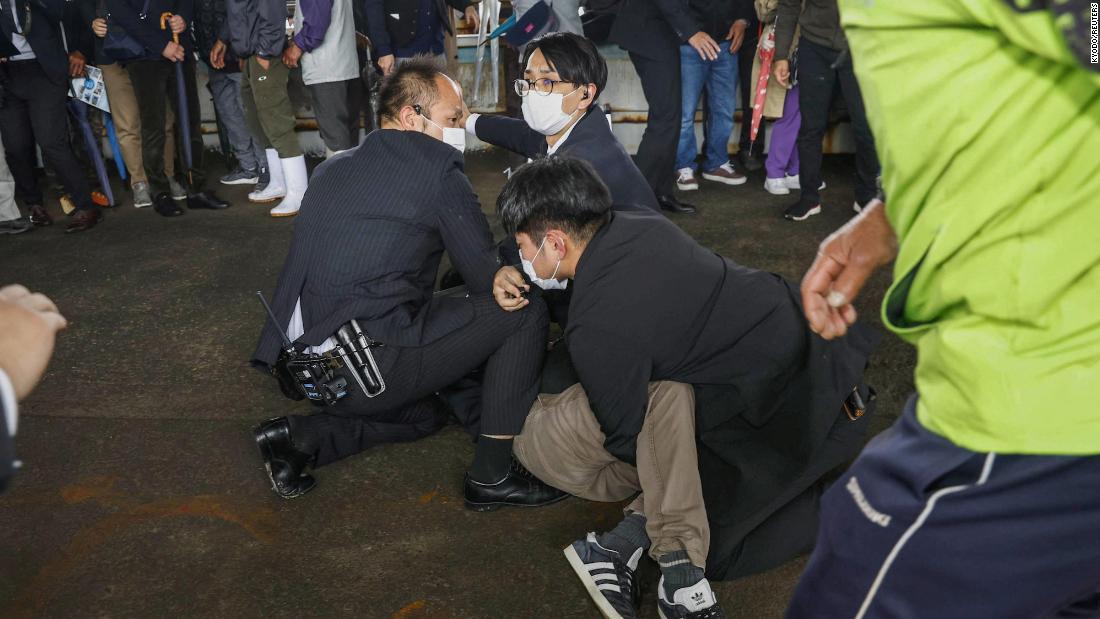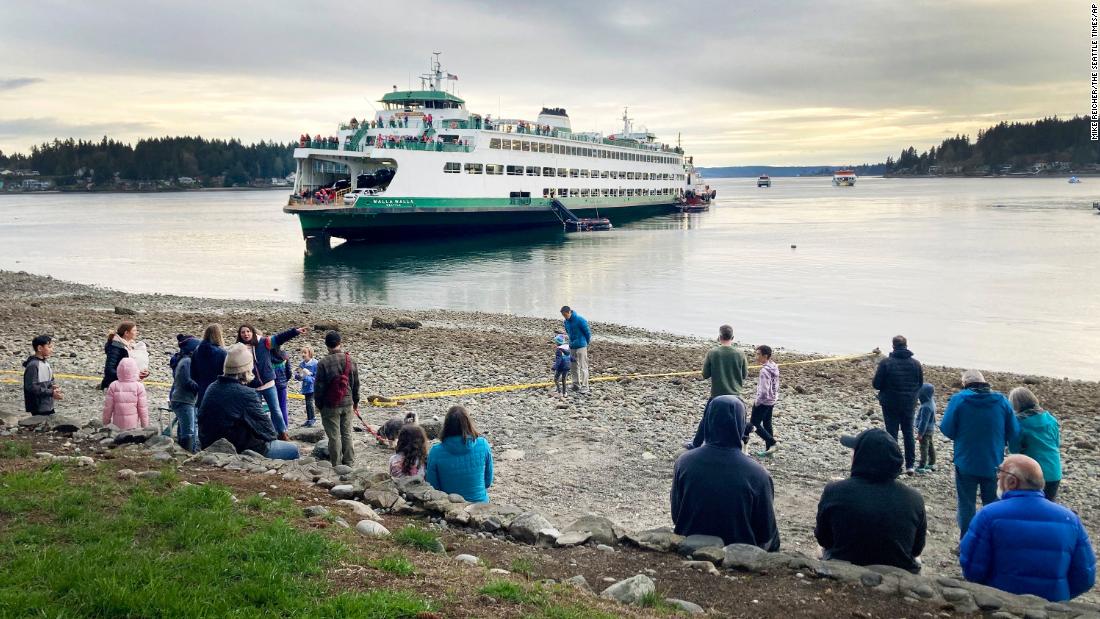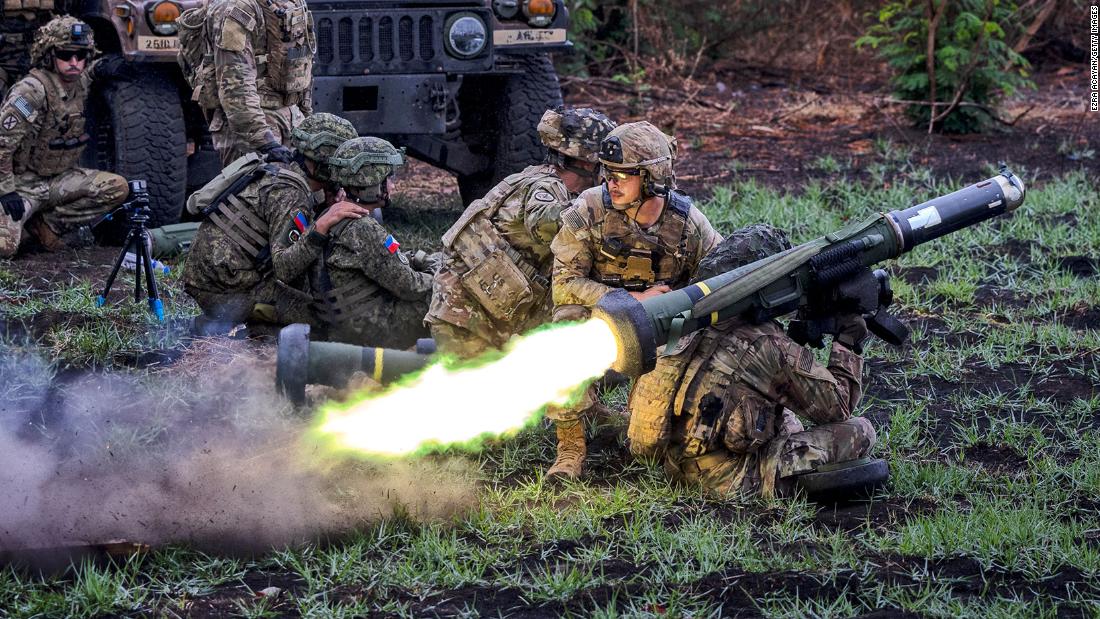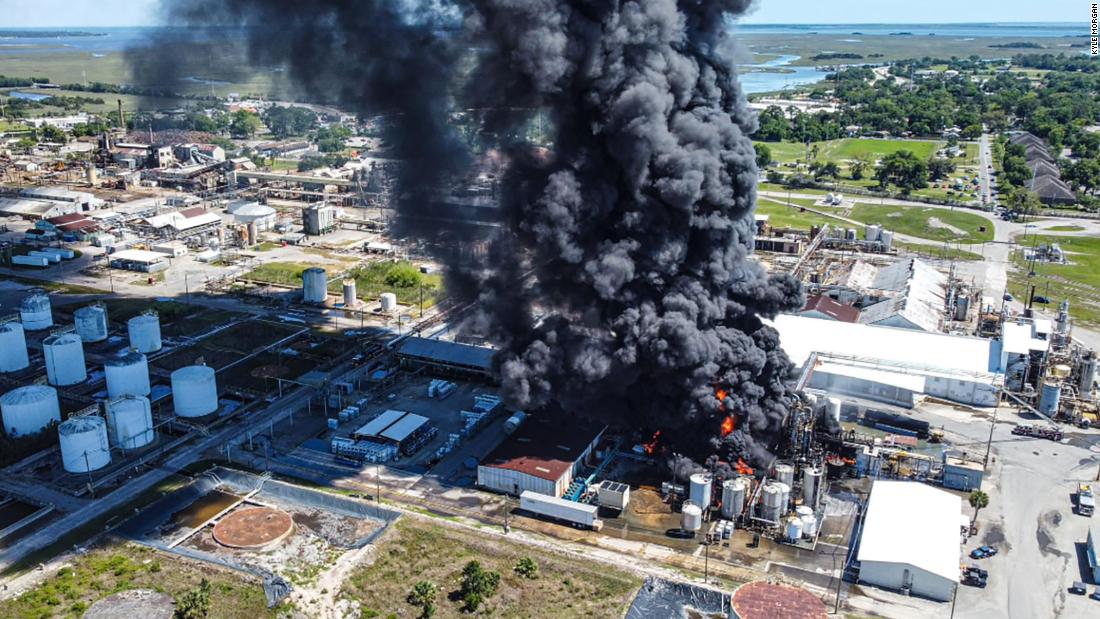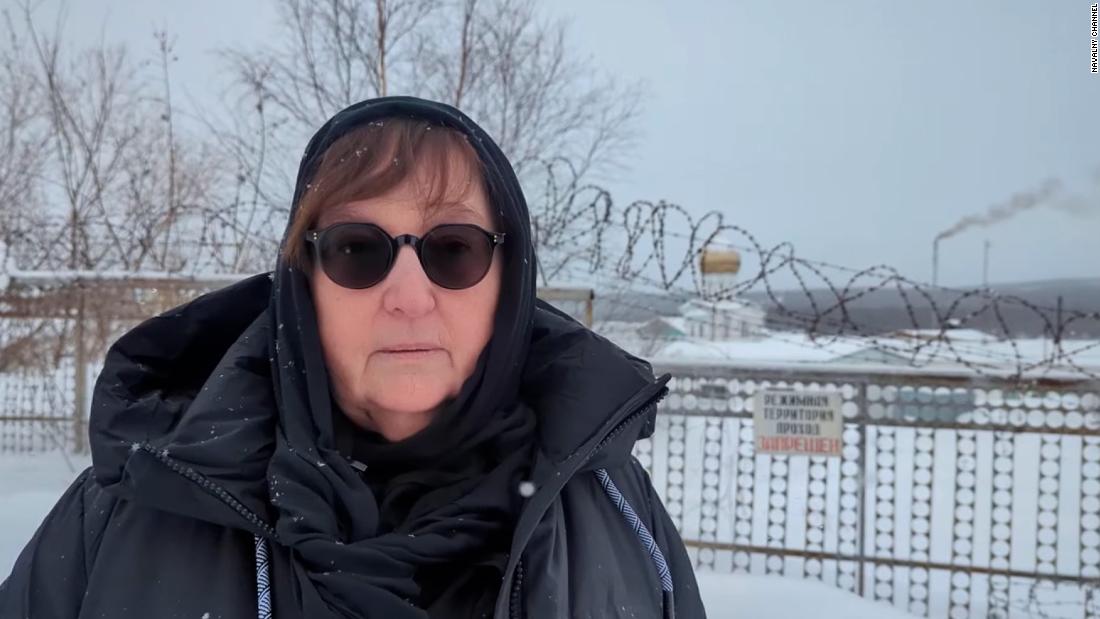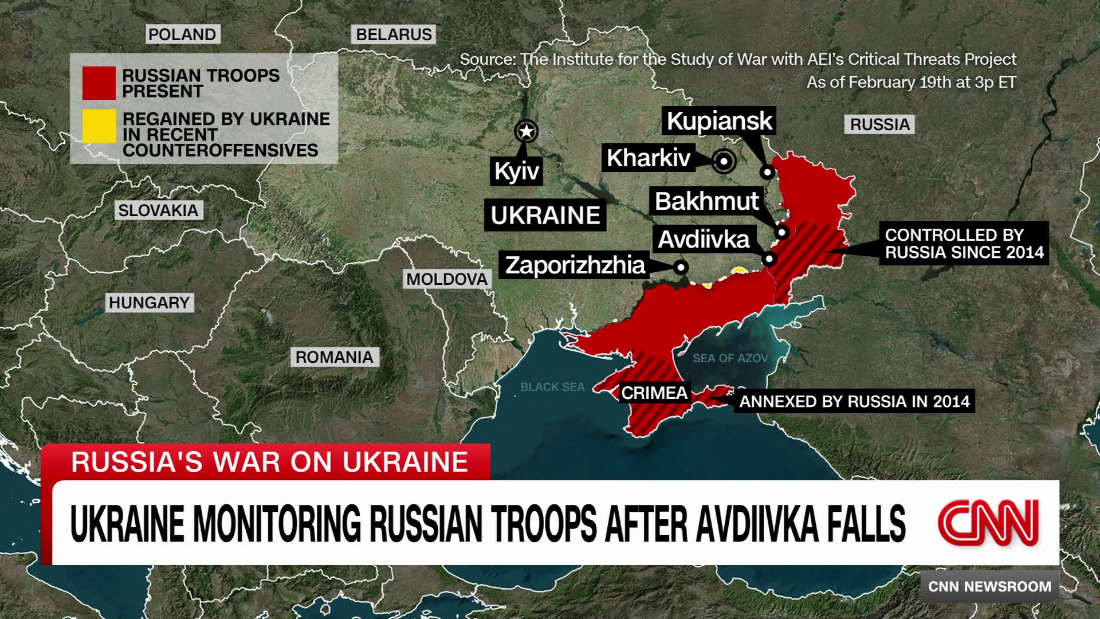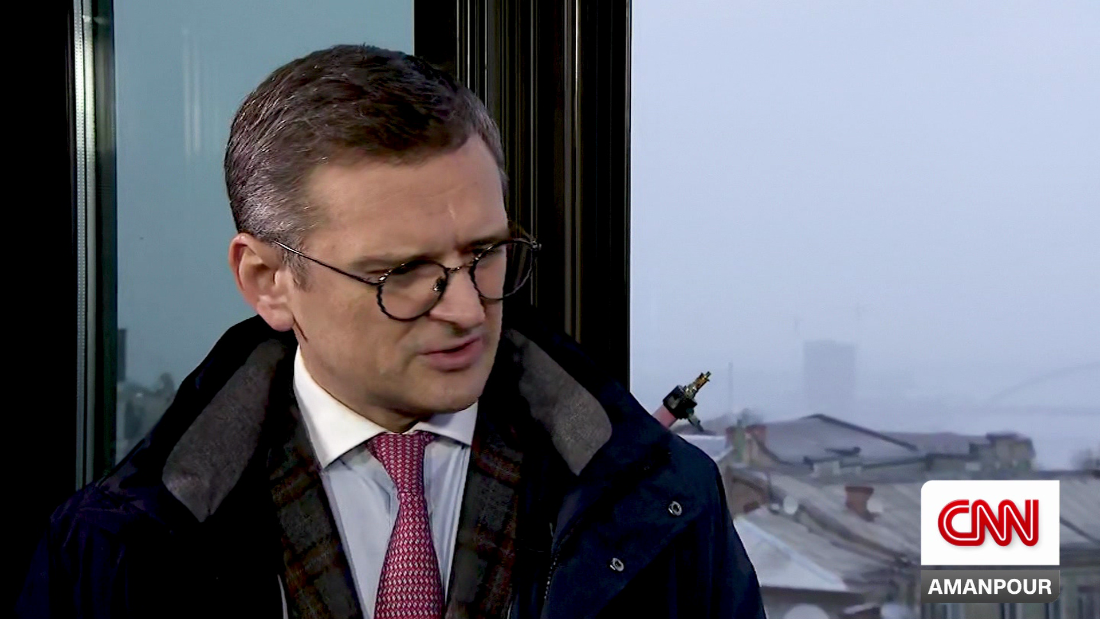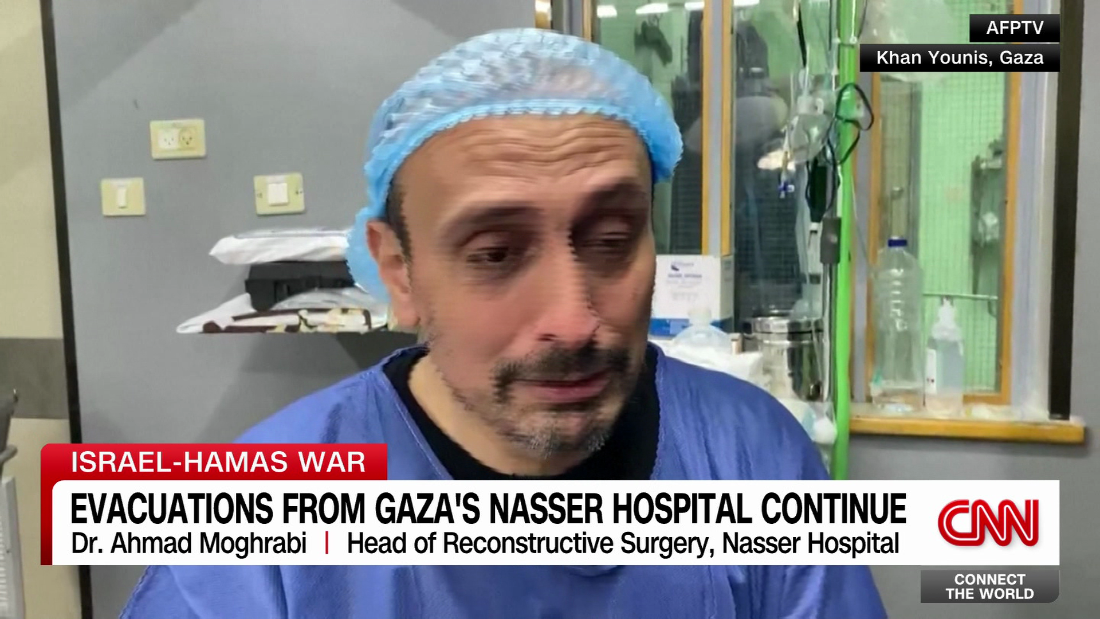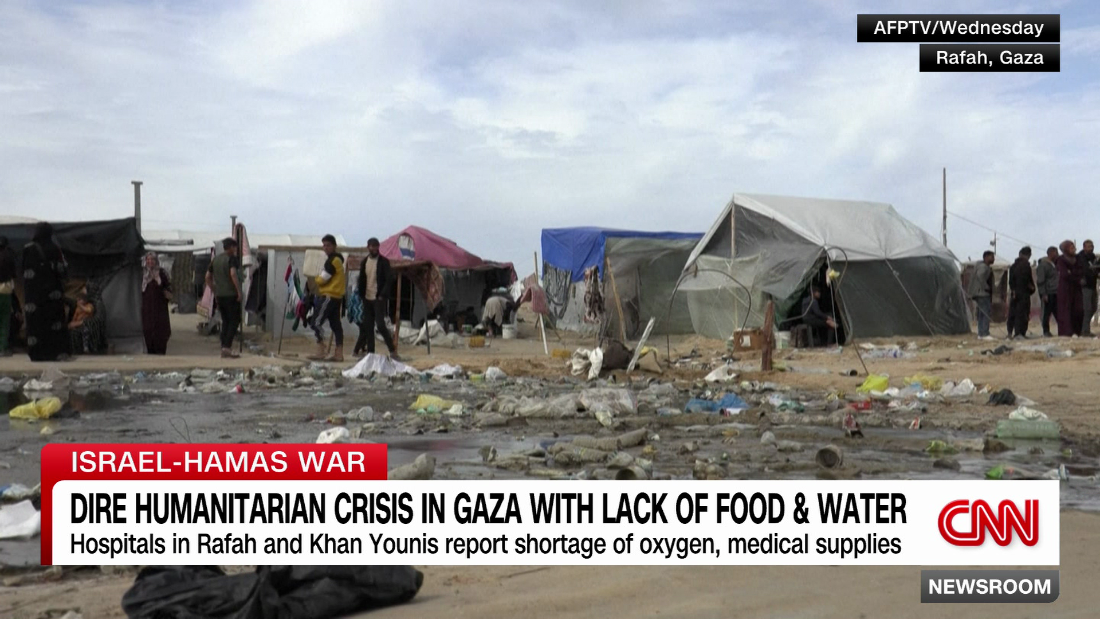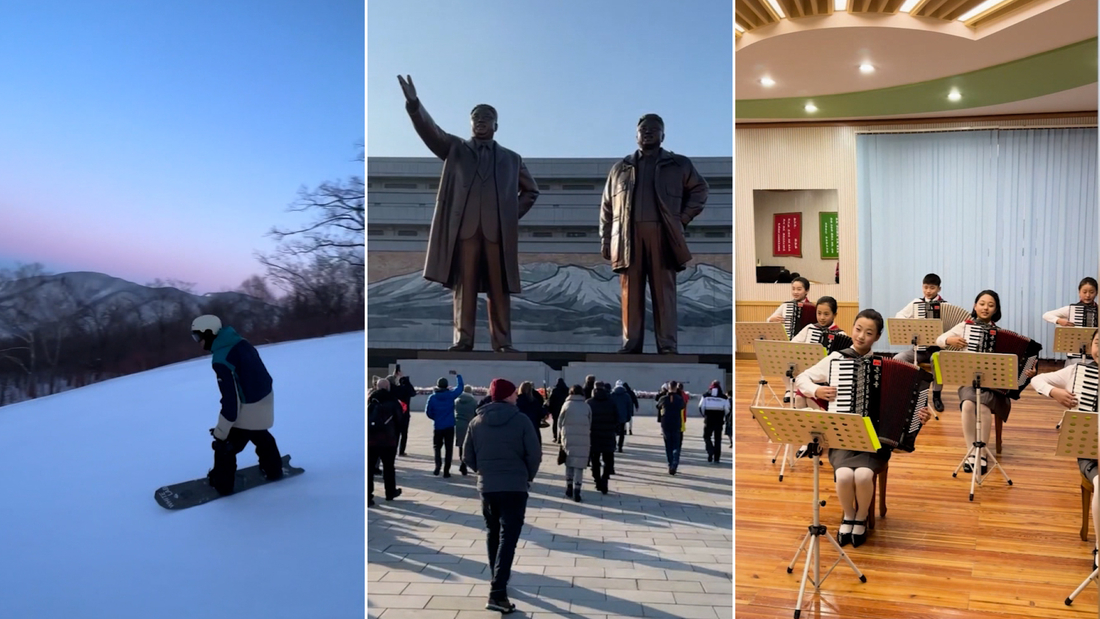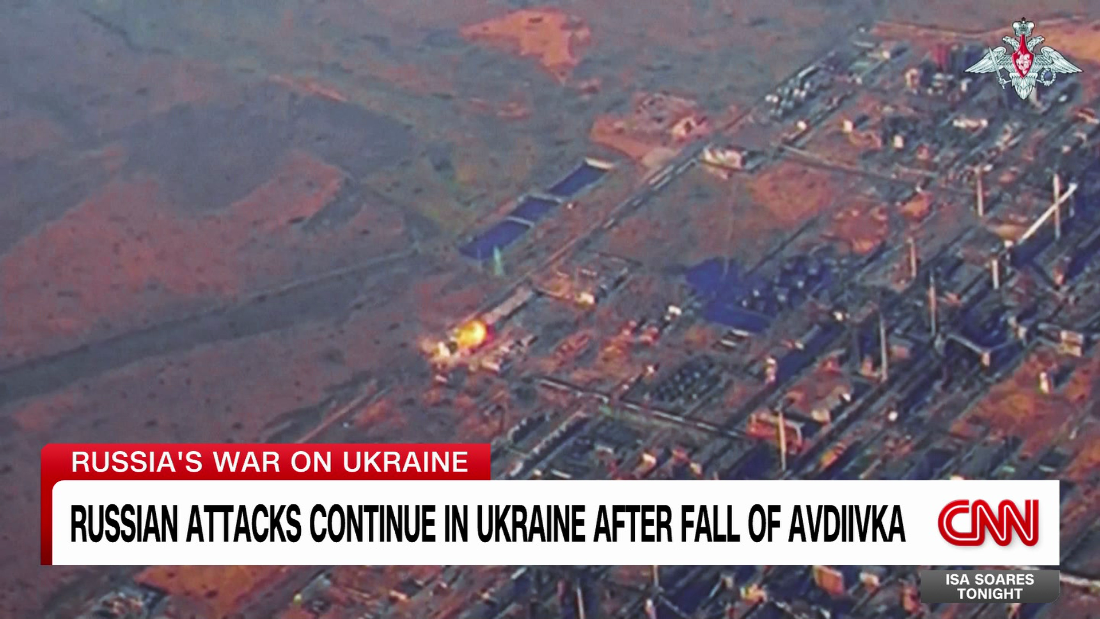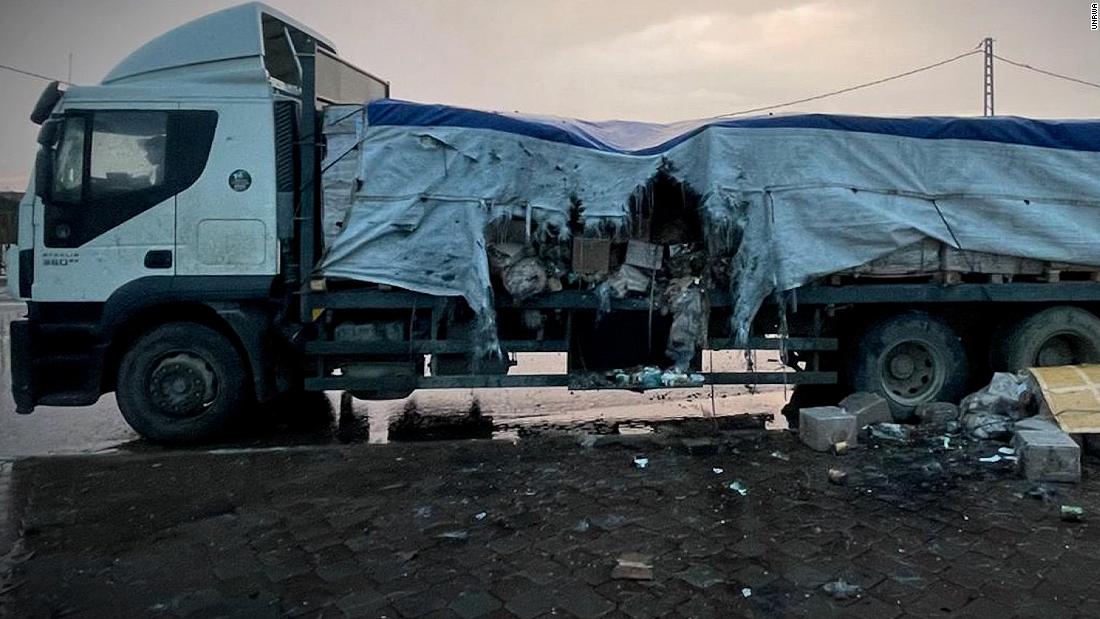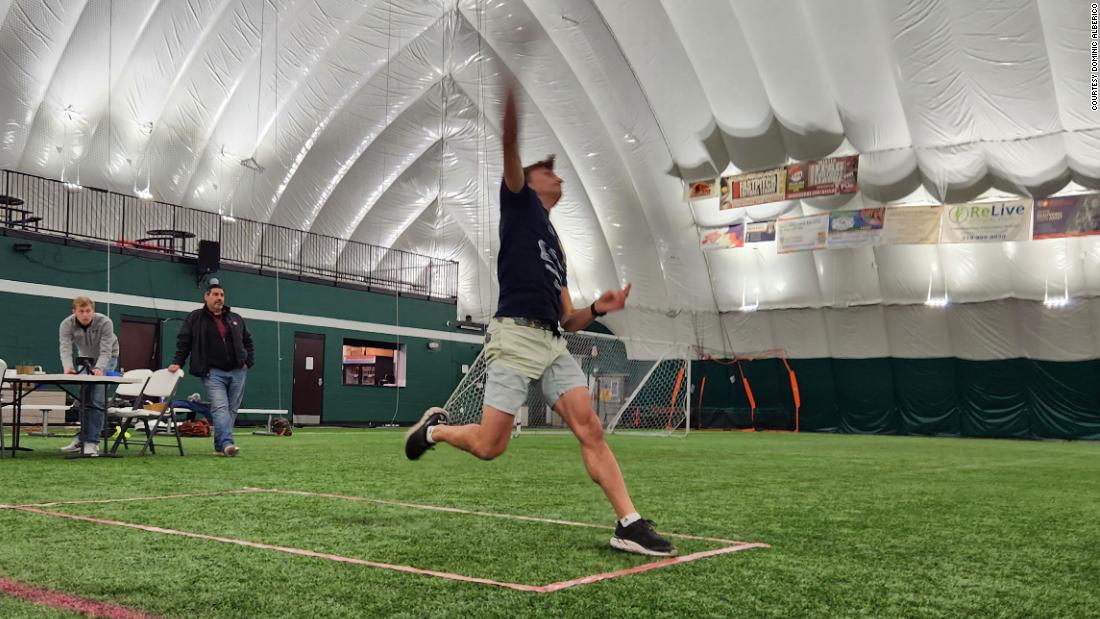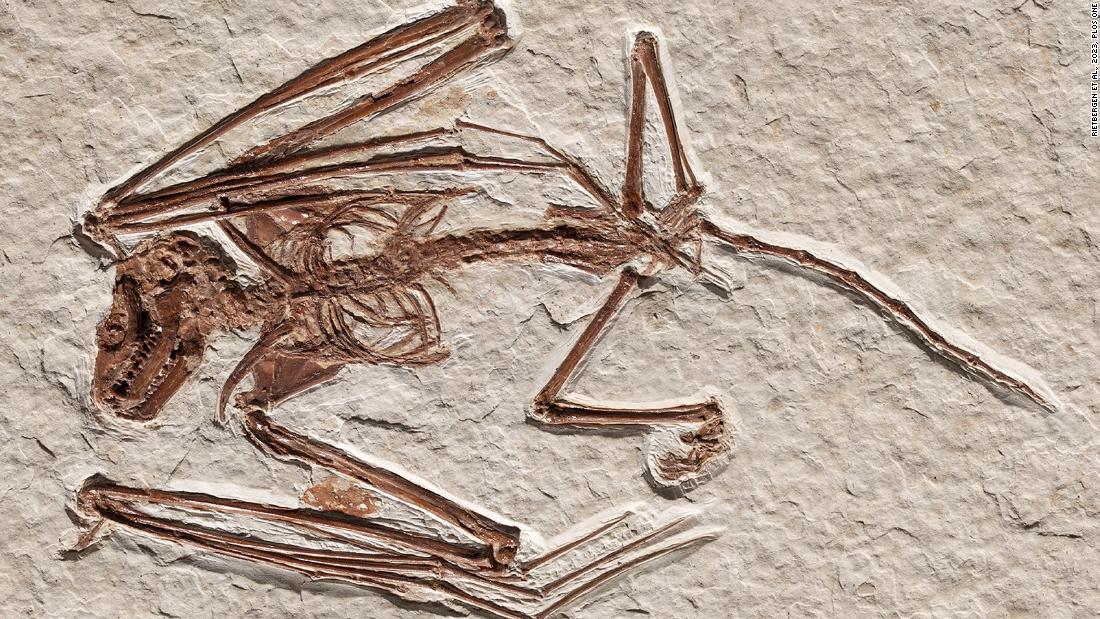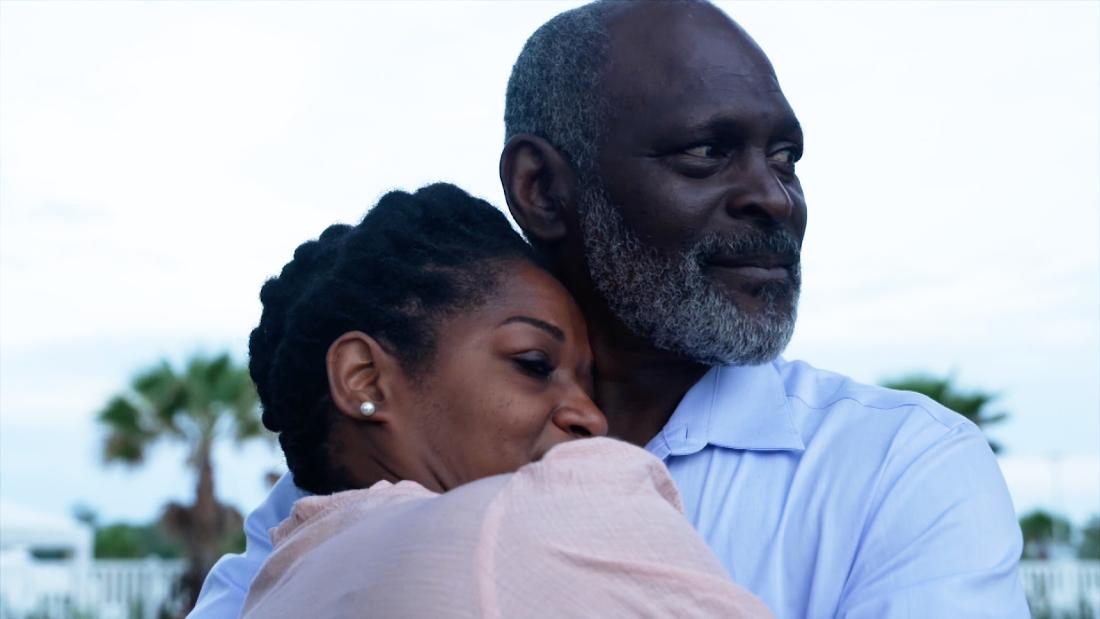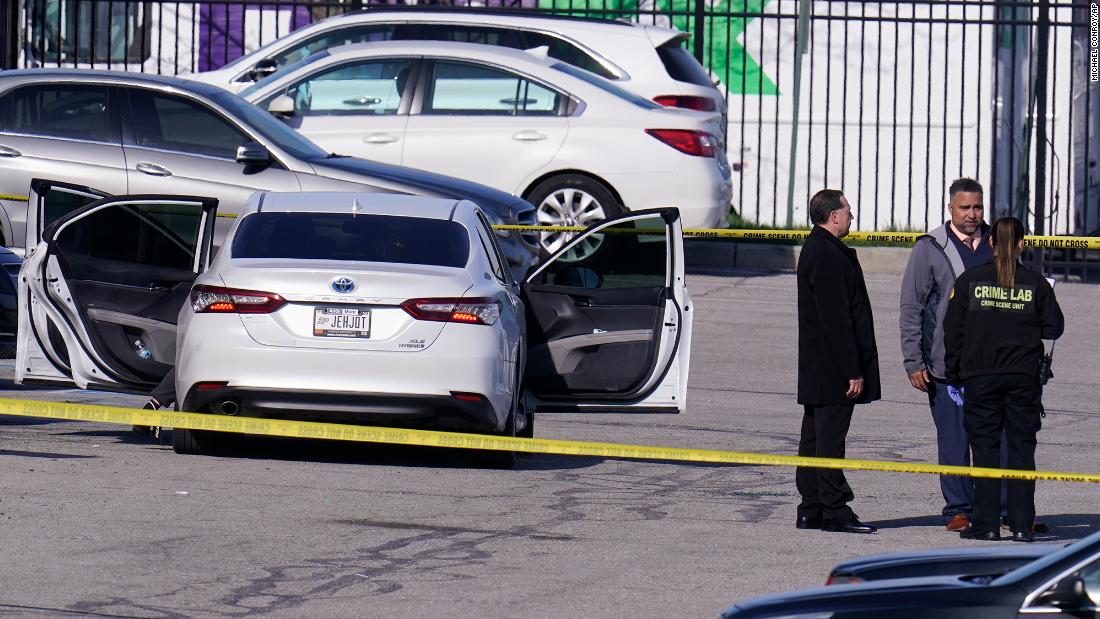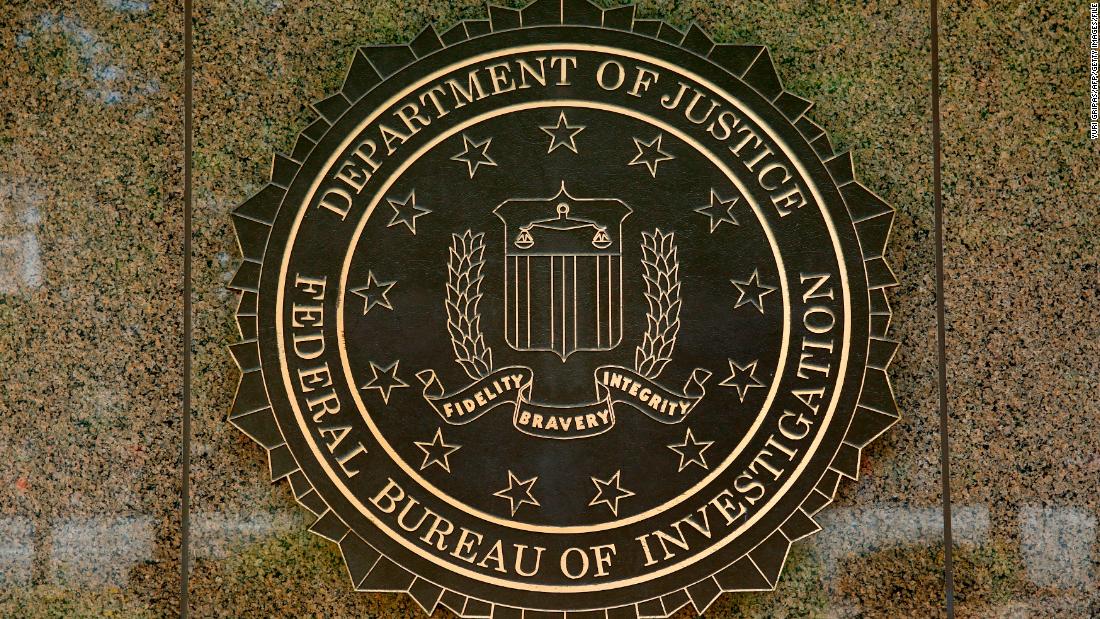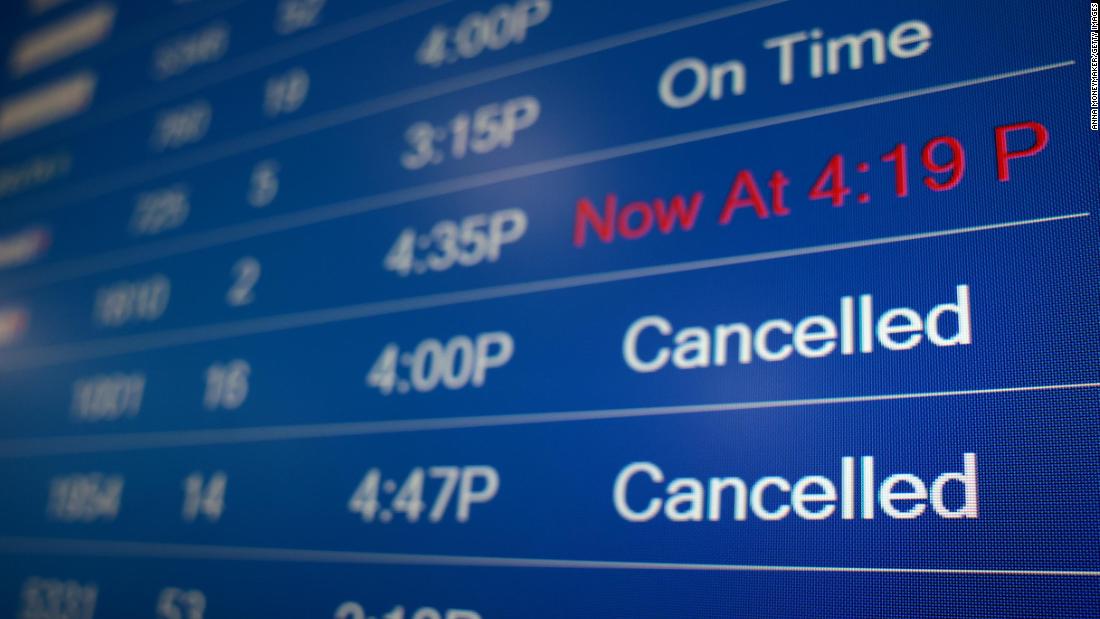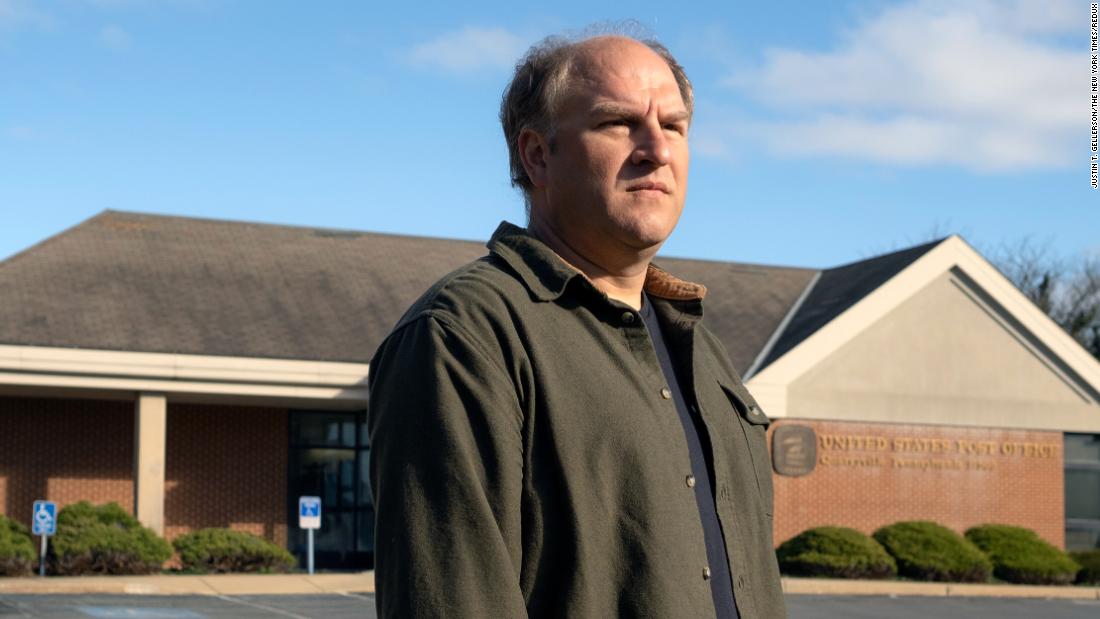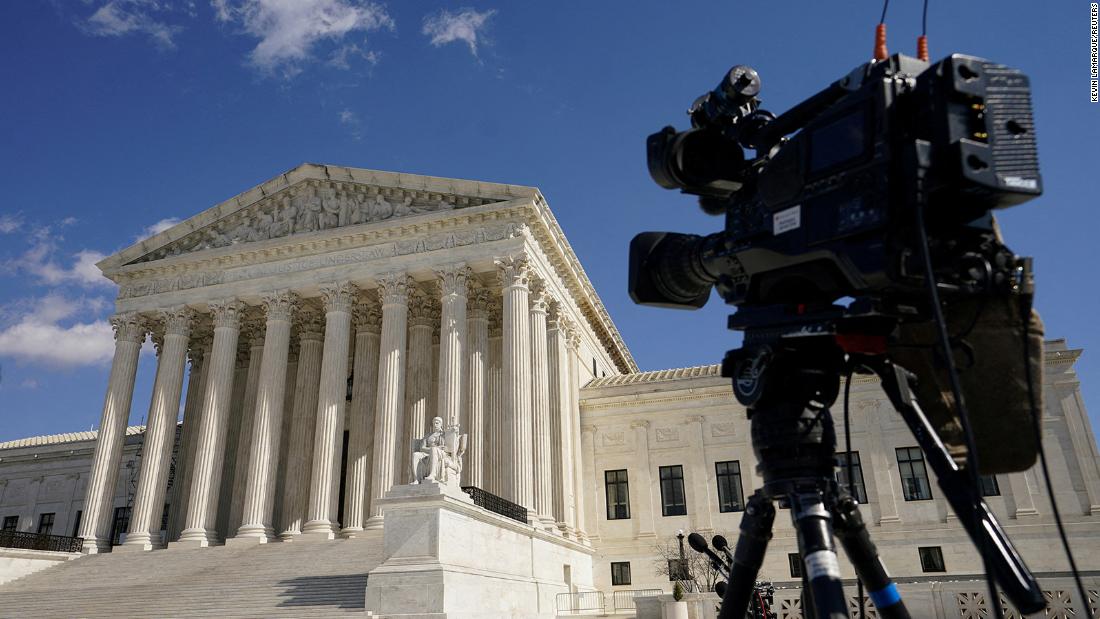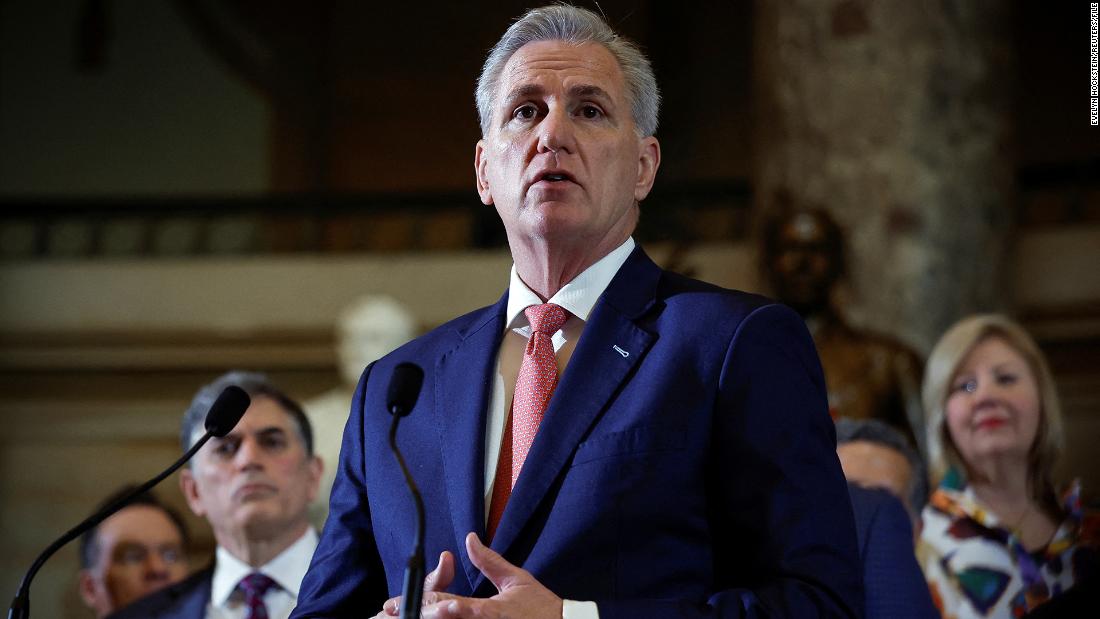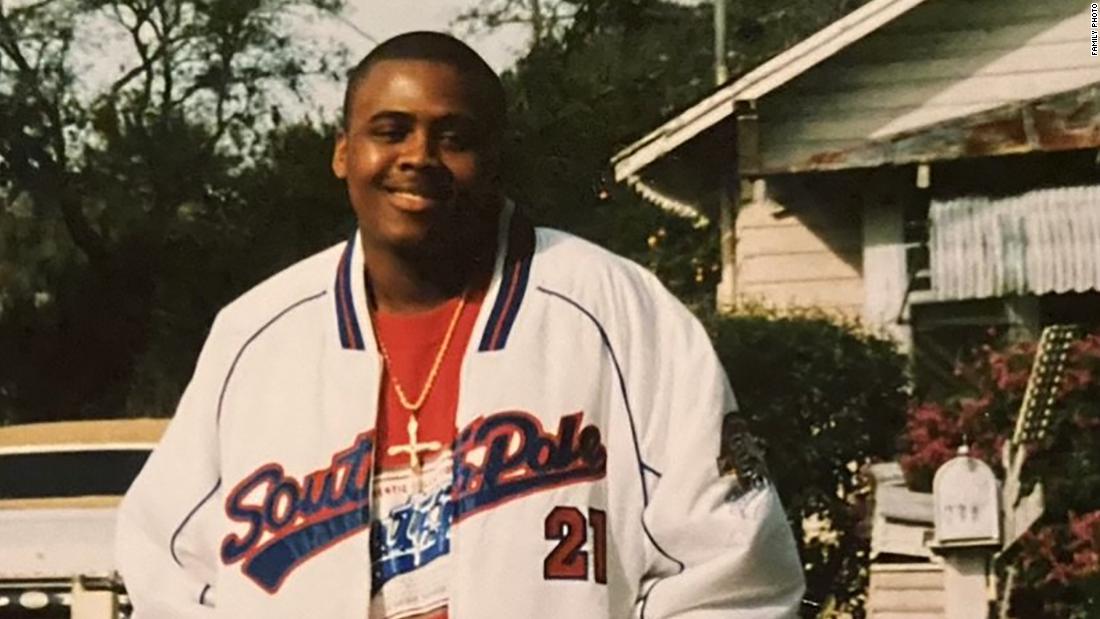WAITING for his parents to arrive home from a golfing holiday in Bangkok, Geun-woo Park received a text from his mum, saying there were ‘birds in the engine’ of their plane – and asking if she should ‘leave a will’.
The student, now 24, initially assumed she was joking.
GettyA deadly bird strike led to the biggest disaster in Korean aviation history[/caption]
GettyFirefighters inspect the wreckage of Jeju Air Flight 2216 at Muan International Airport[/caption]
BBCGeun-woo Park was orphaned by the horrific crash in December[/caption]
But minutes later, the Jeju Air plane crash-landed at South Korea’s Muan International Airport and exploded killing 179 of the 181 people on board.
The horrific crash, on December 29, 2024, was the first in a series of tragedies that claimed 506 lives in six months.
Four weeks after the South Korean disaster, a military helicopter collided with a passenger plane above Washington DC, killing 67 people – the first major commercial plane crash in America in nearly 16 years.
In February this year, a commuter jet crashed in Toronto and rolled onto its roof – remarkably, all passengers and crew escaped with their lives.
Then in June, just seconds after take-off, a passenger plane bound for London crashed in India. Only one passenger survived, 260 were killed.
This year, the total number of air travellers is set to hit a record 4.9 billion.
In a new BBC documentary grief-stricken relatives, pilots and experts say the spate of crashes should serve as a wake-up call to the aviation industry.
Why Planes Crash, which airs next Monday, features powerful interviews with eyewitnesses and bereaved relatives as well as shocking footage and forensic analysis from accident investigators and aviation experts who reveal the causes of these very different crashes.
Geun-woo Park describes the moment he received a chilling text from his mother Oh In-Kyung who was among the 181 people on board Jeju Air Flight 2216.
“She said the plane couldn’t land because a bird got stuck in the engine,” he says. “She used to make jokes like that, so I thought, ‘Oh she’s just talking nonsense again.”
GettyRelatives of victims gathered at Muan International Airport in December 2024[/caption]
GettyThe plane smashed into a concrete crash barrier on the runway[/caption]
But the frantic messages he sent back to his mother were never read.
Although the plane had been cleared to land, air traffic control had alerted pilots there were birds in the area.
When their engines malfunctioned the pilots declared a Mayday and aborted landing.
They decided to gain height and attempt to land again. But minutes later, the plane made an emergency landing and exploded in a fireball.
‘Bang, bang, bang’
Lee Geun-Young, who has been running a restaurant 100 metres from the runway for six years, watched in horror as the plane exploded in front of his eyes.
Recalling that fateful morning, he said: “I was getting ready to open then I heard bang bang bang.
“It flew really low over my restaurant. I just stared at it and couldn’t make a sound.”
Rescue teams raced to the airport from across the region, including investigator Lee Seung Yeal who said afterwards: “The condition of the wreckage was horrific.
“The two engines were buried in the earth and the forward fuselage was completely shattered and burnt.”
GettyAn investigator inspects the wreckage of Jeju Air Co. Flight 2216[/caption]
GettyA graphic shows the last moments of Jeju Air Flight 2216 on December 29[/caption]
BBCLee Geun-Young witnessed the plane explode into a fireball[/caption]
Miraculously two cabin crew survived in the wreckage of the tail but 179 other people lost their lives.
Dr Shawn Pruchnicki from Ohio State University Centre for Aviation Studies explained: “The plane made a belly landing at a speed of 200mph – without the landing gear or flaps on the wings deployed to create drag the aircraft did not slow down.”
The jet hit a barrier that had been erected at the end of the runway, which should have been designed to break easily, but inside was a concrete structure half the height of the plane.
“In my opinion the biggest reason this accident had such a high fatality rate was the area at the end of the runway – that’s what caused the tremendous loss of life,” adds Dr Pruchnicki.
In the days after the crash investigators discovered the remains of birds in the twisted wreckage.
And when they recovered the plane’s black box devices they found they had stopped recording seconds after hitting a flock of birds – an extremely rare event on a large passenger plane.
GettyMembers of South Korean Army combed the crash site in South Korea[/caption]
AFPThe flight data recorder (FDR) retrieved from Jeju Air flight 2216[/caption]
GettyInvestigators combed the flight wreckage[/caption]
A double-engine bird strike is rare, but 16 years earlier in January 2009, a plane taking off in New York bound for Seattle hit a large flock of geese.
The heroic captain Chesley Sullenberger, better known as ‘Sully’, relived the astonishing moment he managed to land his aircraft safely on the Hudson River, saving 155 lives.
He said: “100 seconds after take off I saw birds and then they were upon us.
“Almost immediately I began to hear terrible noises coming from the engine I’d never heard coming from an airplane in flight before – the most sickening, pit of your stomach falling through the floor noise I’d ever heard.
“It felt as if the full momentum of the plane had stopped in mid air, it felt like the bottom was falling out of our world.
“I knew it was a matter of 90 seconds before we would lose power to our electrical computers.”
EPAUS Airways pilot Chesley B. ‘Sully’ Sullenberger landed his plane after a bird strike[/caption]
The plane landed on the Hudson River allowing all passengers to escape
AP:Associated PressAirline passengers evacuated the US Airways Airbus 320 jetliner[/caption]
Sully immediately tried to turn back to La Guardia but they were flying too low and he knew they would not make it to the runway in time.
He said: “I knew that our best choice was the Hudson River. I chose the least bad option and I was very glad to have it.
“I said, ‘This is the captain, brace for impact.’ I could hear the flight attendants shouting, ‘Heads down, stay down, brace brace brace.’
“I was looking at the river ahead of us trying to visually judge the height of landing and began bracing the nose, if I did it too soon we would hit too hard and perhaps damage the plane further.
I heard the most sickening, pit of your stomach falling through the floor noise I’d ever heard
Pilot ‘Sully’ Sullenberger
“The landing was hard but the deceleration in the river was uniform.
“Once we stopped it was obvious the airplane was intact, it was stable, it was floating”
All passengers and crew survived the emergency landing now often referred to as The Miracle on the Hudson, and Sully’s bravery was retold in a movie starring Tom Hanks.
After every bird-aircraft collision in America, biological samples are sent to The Feather Identification Laboratory in Washington DC. where Dr. Carla Dove and her team are trying to prevent future bird strikes.
They received 67 samples from the Hudson River landing, including entire carcasses, single feathers and even specks of DNA wiped from the wreckage with cotton buds.
AFPSully with Tom Hanks and Aaron Eckhart at the Paris premiere of Sully[/caption]
ReutersPassengers stand on the wings of the plane waiting to be rescued from the Hudson[/caption]
She said: “The number of bird strikes that are reported each year is increasing every year and we’re not sure of the reason for this.
“It could be there’s more awareness, maybe there are more flights, but we do know there is a significant increase annually.”
Almost 20,000 bird strikes were reported in America in 2023, an increase of 14 per cent on the previous year, which reflects a global upward trend.
While more than 90 per cent occur in take off or landing because birds do not fly at high altitudes, the vast majority cause little or no damage,
Mid-air collision
But four weeks after the devastating Muan crash, another incident in America put aviation safety under further scrutiny.
In January 2025, American Airlines flight 5342 took off from Wichita, bound for Washington DC.
Among the 64 passengers and crew were 28 people returning from a figure skating training camp.
Doug Lane, whose wife Christine and 16-year-old adopted son Spencer were both on the flight, recalled: “I was refreshing the flight status and it wasn’t updating when I saw a small plane had crashed into the river.”
Their plane had collided with a US Army Black Hawk helicopter which was on a night training mission with the pilot wearing night vision goggles, and crashed into the freezing Potomac River.
There were no survivors.
I never thought to warn him about helicopters because it’s a helicopter’s job to stay away from the airplanes and not vice versa
Tim Lilley
It was the first fatal crash involving a US commercial plane in 16 years and investigators needed to find out how it could occur in one of the world’s most tightly controlled air spaces.
Black box data recovered from the plane and military helicopter revealed the pilots received an alert from air traffic control just 20 seconds before the collision.
The helicopter crew acknowledged the plane was circling to land but the Army pilot may not have received the instruction to pass behind the passenger jet.
The helicopter was flying 24 meters above limit, and data confirmed they did not alter their course.
FacebookAmerican Airlines pilot Sam Lilley was killed when a helicopter hit his plane[/caption]
GettyThe American Airlines plane crashed after it collided in midair with a military helicopter[/caption]
EPAWreckage of the plane that collided with an US Army Black Hawk helicopter[/caption]
ReutersA crane retrieved wreckage from the Potomac River in February 2025[/caption]
Veteran pilot Tim Lilley, whose 28-year-old son Sam was flying the passenger plane, said: “I never thought to warn him about the helicopters because it’s a helicopter’s job to stay away from the airplanes and not vice versa.
“This Black Hawk obviously did not maintain a line of sight with the aircraft because they didn’t do any evasive maneuvers whatsoever.
“It’s terrible that something like this needed to happen to spark the fire to make the changes that needed to happen.
There’s no magic seat on board an aircraft but personally I always try to pick a seat within five seat rows of an emergency exit because the closer you are to an evacuation the higher your chance of survival
Ed Galea
“My son’s death can’t just be a big mistake, we’re trying to make sure his legacy is aviation safety.”
Analysis of the flight records revealed that as a result of flawed route planning, there were a staggering 15,214 cases of commercial aircraft and helicopters flying within 100 meters of each other over Washington in the last three years alone.
In 85 cases the helicopter was less than 200 yards from a plane moving at 100 miles an hour – putting both at serious risk of collision.
BBCTim Lilley with his son Sam, who was flying the plane[/caption]
Instagram/spencerskates26Figure skater Spencer Lane was on the plane with his mother[/caption]
FacebookAngela Yang and Sean Kay, both 11, were also killed in the tragic crash[/caption]
Nineteen days after that tragedy in Washington a third plane crashed in as many months.
Hannah Krebs was on the commuter jet from Minneapolis when strong winds meant their descent into Toronto airport was unusually turbulent.
She said: “I was shocked that we survived.
“Once we hit the ground I could tell it was way too hard. Suddenly before I knew it we were upside down I could hear the metal scraping as we skidded along for what felt like forever.”
Remarkably all 80 passengers and crew were evacuated quickly and escaped with their lives.
“Every day since then is a bonus day, every day is extra now,” added Hannah.
ReutersPassengers evacuated Delta Air Lines CRJ-900 after it crashed on landing at Toronto[/caption]
APInvestigators were amazed every passenger escaped from the overturned plane[/caption]
ReutersA drone view of the wreckage of the crashed Delta Airlines jet[/caption]
Most recently, an Air India flight from Ahmedabad to Gatwick crashed in June.
Just 26 seconds after take off one of the pilots issued a mayday, but there were no further communications from the plane, which lost altitude and smashed into a medical college hostel, killing 241 people on board and 19 on the ground.
It was the deadliest aviation disaster in a decade.
Just one survivor, Vishwas Ramesh, who was sitting next to the emergency exit, managed to climb out of the wreckage.
A preliminary report by investigators showed a catastrophic loss of power to the engines three seconds after the plane left the ground – but it will be months before a final report determines precisely what caused the crash.
We must be prepared not only for the unpredictable but for the unimaginable
‘Sully’ Sullenberger
Professor Ed Galea from the Fire Safety Engineering Group at University of Greenwich said: “You want to get well away from the aircraft as quickly as possible.
“Every second can make the difference between life and death.
“Once you have multiple people trying to retrieve their luggage during evacuation this can extend evacuation time by about 40 per cent.
“There’s no magic seat on board an aircraft but personally I always try to pick a seat within five seat rows of an emergency exit because the closer you are to an evacuation the higher your chance of survival.”
Sully added that vital lessons must now be learnt from this deadly year in aviation history.
He said: “As aviation has become safer, accident causes have become more unique.
“In terms of low probability, high consequence events we must understand that given enough time, given enough flight operations, whatever can happen will happen – so we must be prepared not only for the unpredictable but for the unimaginable.”
Why Planes Crash airs on BBC1 at 8pm on Monday October 13
AFPThe Air India jet lost power shortly after take off[/caption]
AFPThe plane crashed into a residential area[/caption]
Dan CharitySole survivor of the Air India plane crash, Vishwas Ramesh, pictured at his family home in Diu, India[/caption] Published: [#item_custom_pubDate]


















